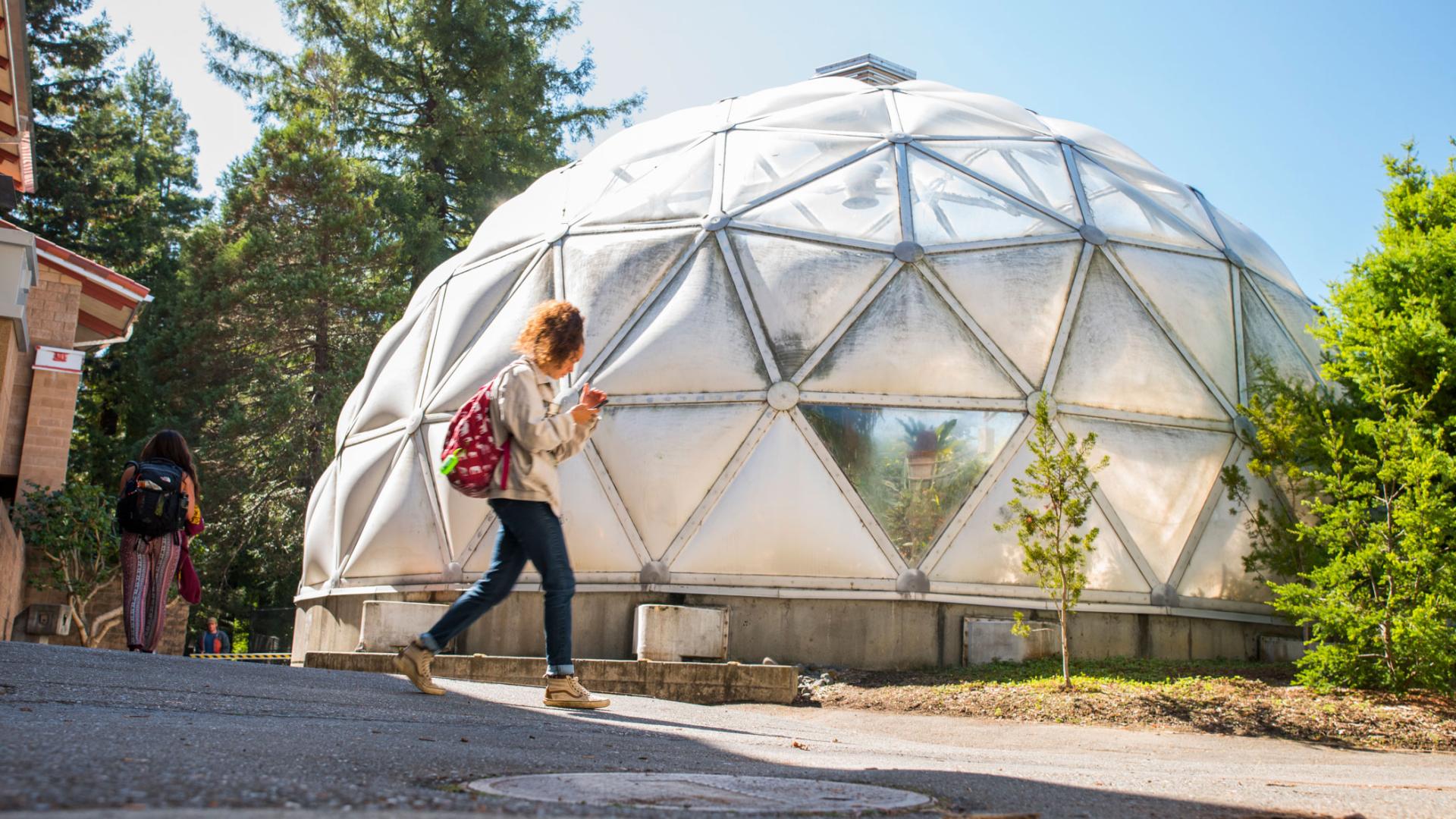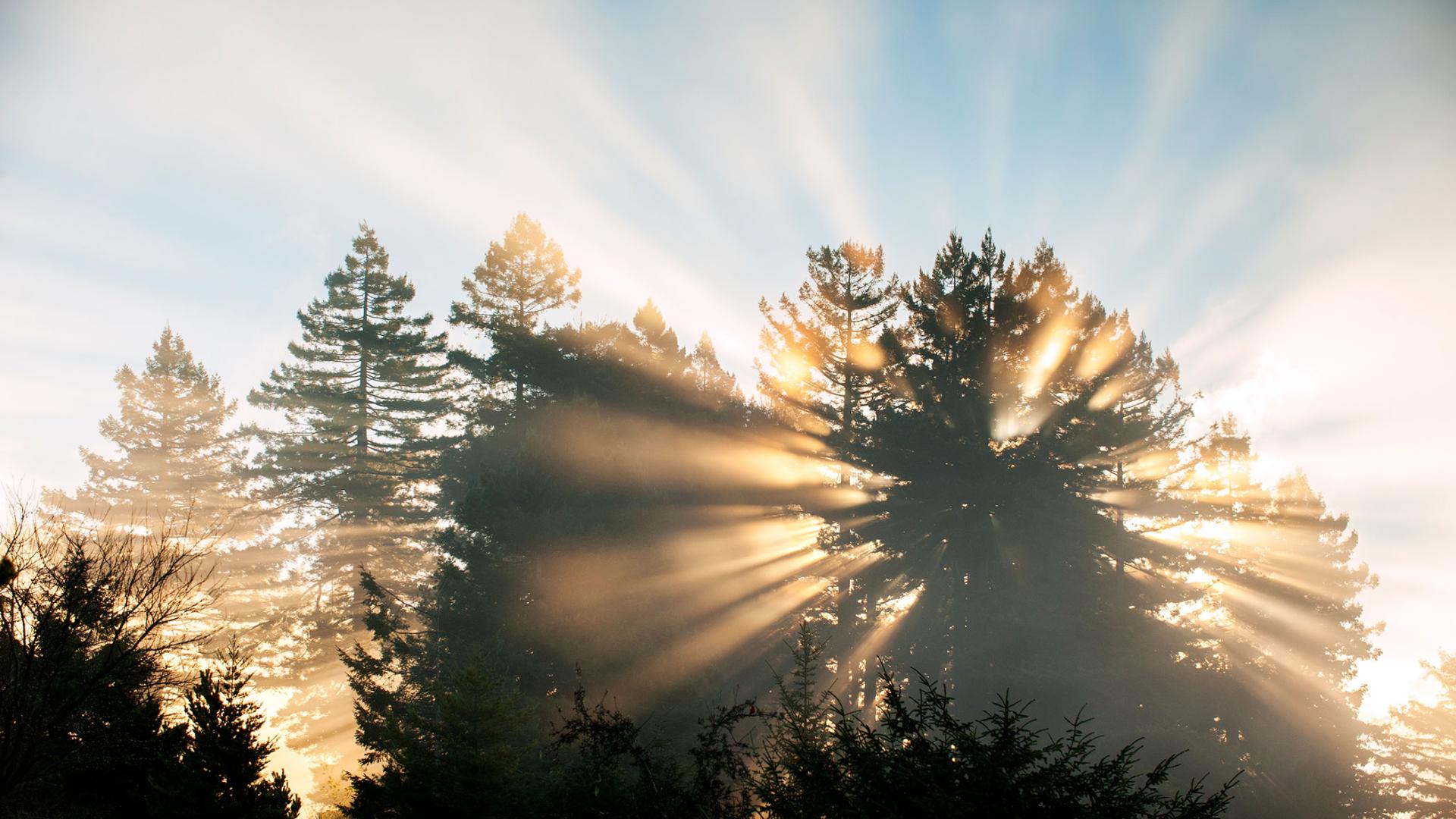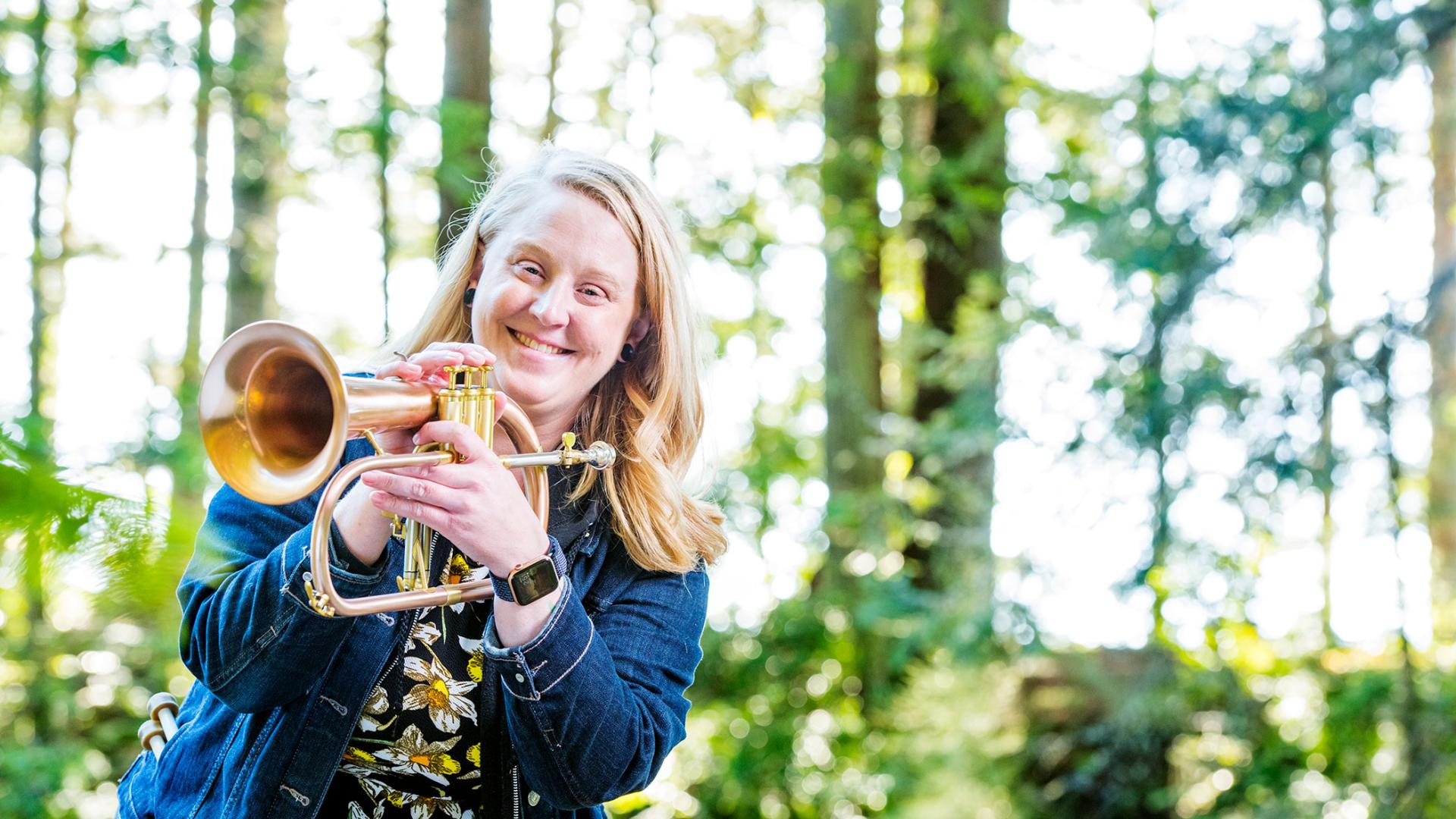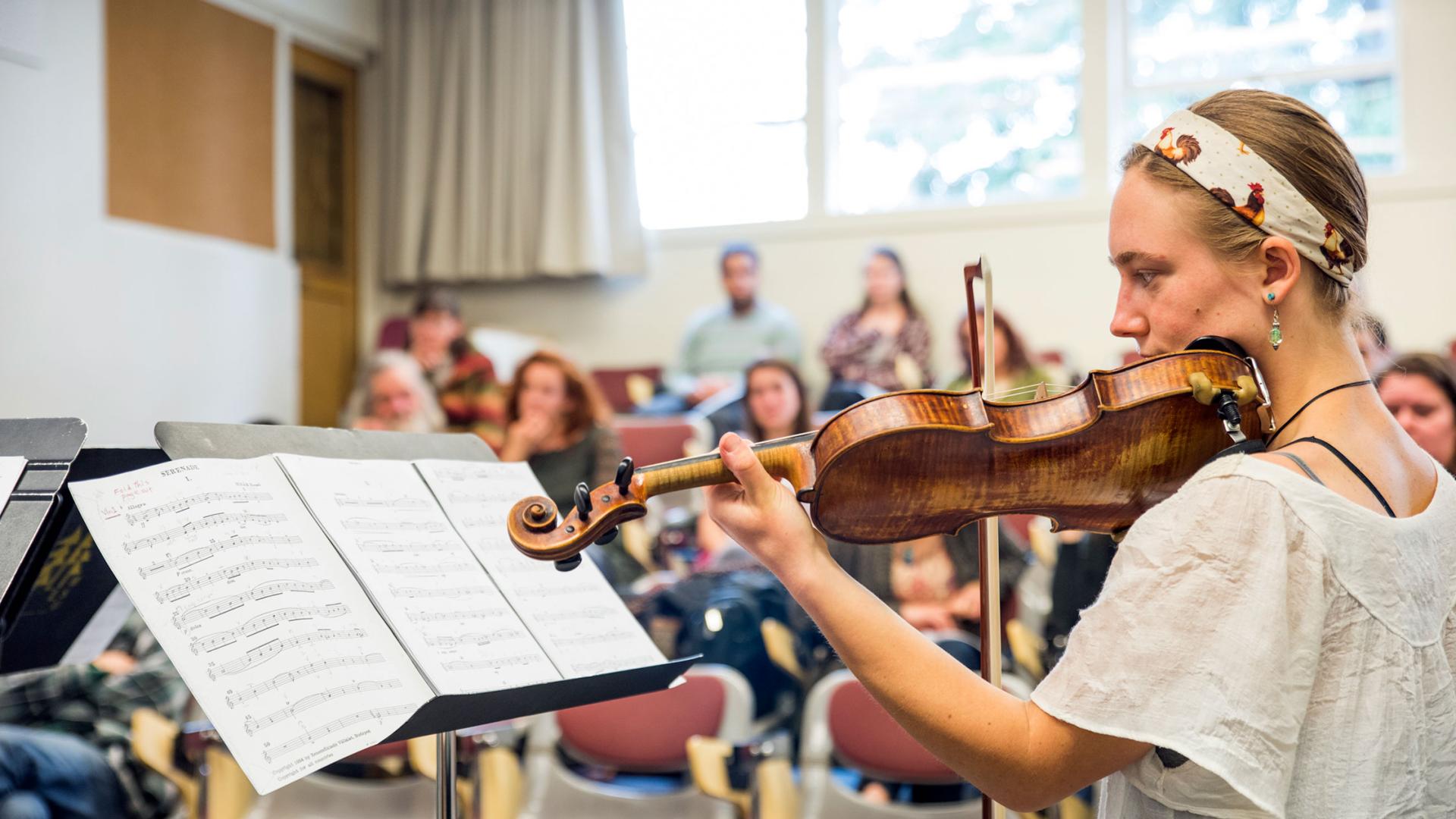Breadcrumb
Facilities
Wildlife students go beyond the books. At Cal Poly Humboldt, they gain real-world experience using on- and off-campus facilities for lab work and research.
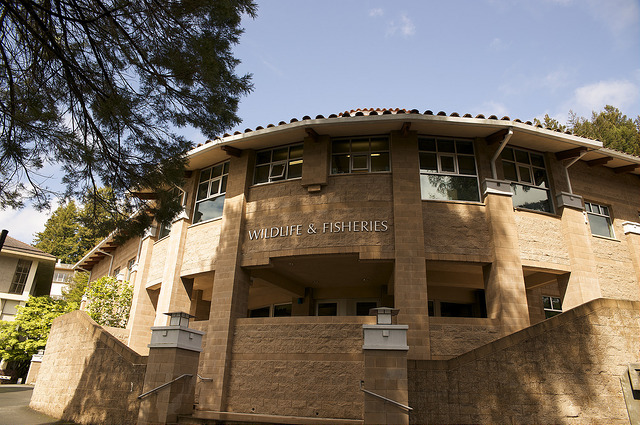
Wildlife & Fisheries Building
The 41,000-square-foot building has state-of-the-art computer, necropsy, and energetic, bioassay, and water quality labs, plus a graduate student research space and study rooms. The building’s museum displays of birds, mammals, and fish, make it a popular destination for local school and tour groups.
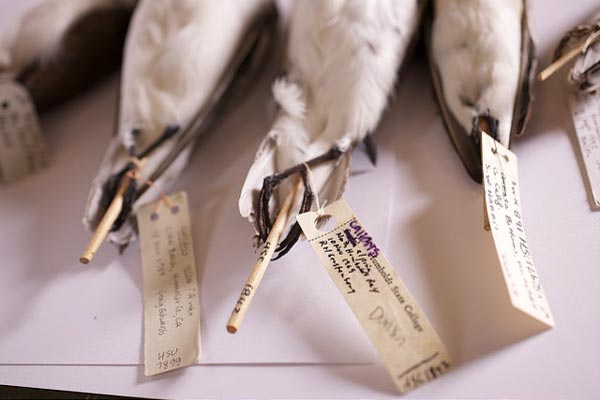
Wildlife Museum
The Wildlife Museum in the Wildlife & Fisheries Building houses 16,000 specimens including more than 9,300 avian specimens, 3,100 mammal skins and skeletal material, and 3,500 bird egg sets and nests. Specimens are used in taxonomy and conservation and management courses, research, and exhibits.
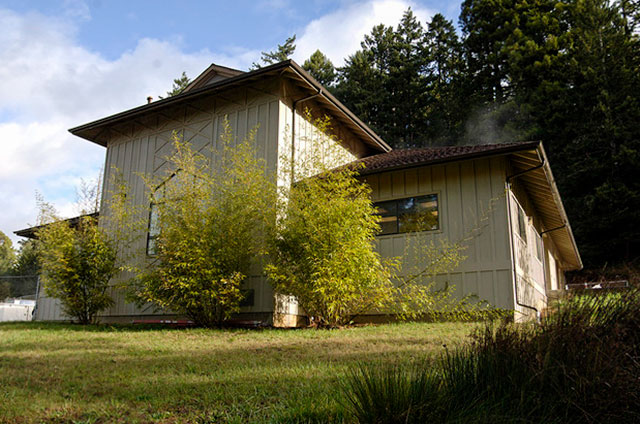
Marine Wildlife Care Center
At the Marine Wildlife Care Center, students and faculty work side-by-side to help rehabilitate oiled wildlife in the event of an oil spill along California's North Coast. Part of the Oiled Wildlife Care Network (OWCN), a network of wildlife emergency response centers along the California coast, Humboldt’s 4,500-square-foot campus facility has rooms for triage, washing, drying, recovery, food preparation and operations management.
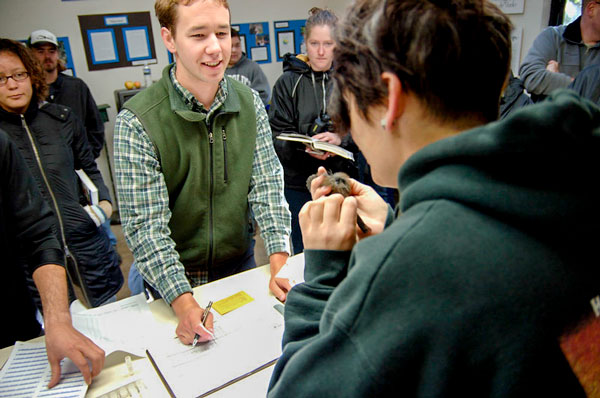
Wright Refuge
This small private refuge managed by the Department of Wildlife is used for Wildlife classes and supports research and education programs for Humboldt undergraduate and graduate students. A bird banding program was started at the refuge in 1993 and provides opportunities for training in bird banding and bird banding education programs for local schools.
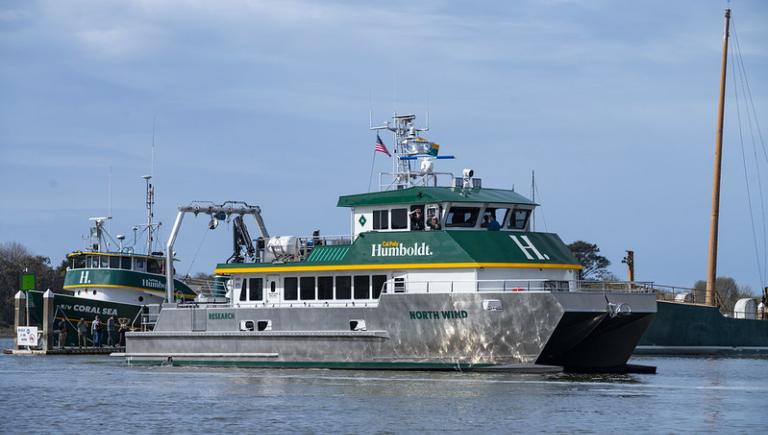
R.V. North Wind
In March 2025, Cal Poly Humboldt welcomed its newest research vessel, the R/V North Wind, into Humboldt Bay. The R/V North Wind is a 78 by 28 foot custom-built aluminum catamaran, powered by twin 1100-horsepower Tier 4 engines, allowing it to travel at speeds of up to 24 knots. The vessel can carry up to 40 students, faculty, and crew on day trips and accommodate up to 14 people on multi-day research voyages.


